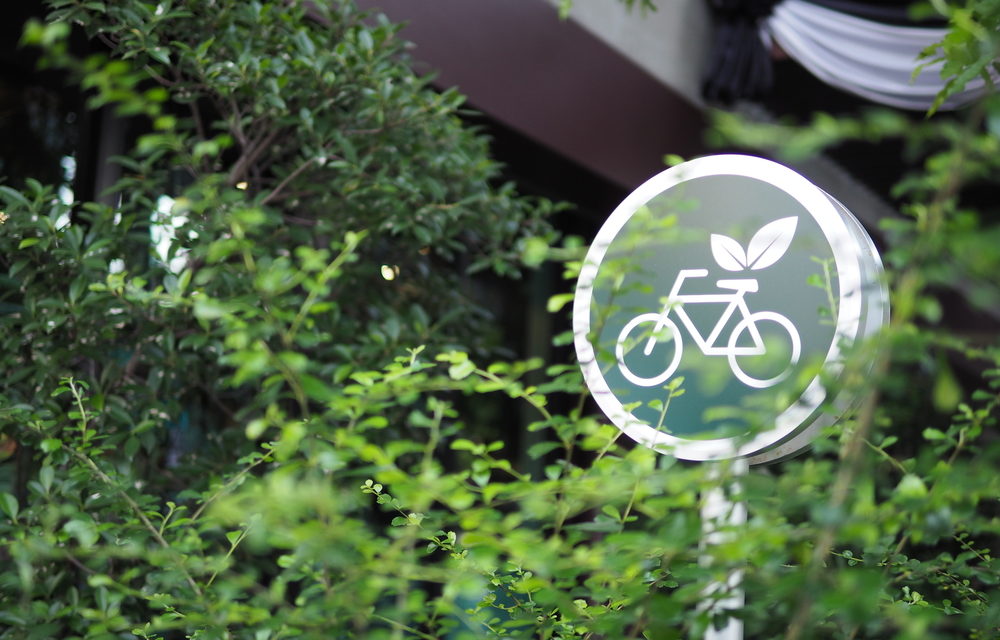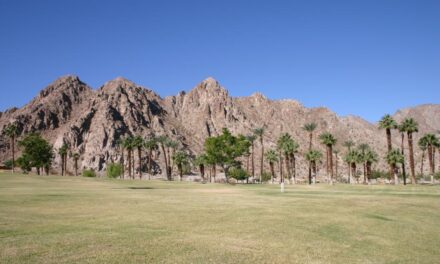No California communities made the least greenest cities list
With today, Wednesday, Oct.5, being California Clean Air Day, we are going to deviate slightly from our steady diet of politics to announce that six California cities are among the Top 10 greenest cities in America.
October is also National Energy Awareness Month. And 53% of Americans say protecting the environment should be prioritized above economic growth, according to a WalletHub study released today on 2022’s Greenest Cities in America.
Six California communities are listed among the Top 10.
Greenest Cities in America
1. San Diego, CA
2. Portland, OR
3. Honolulu, HI
4. Fremont, CA
5. Washington, DC
6. Oakland, CA
7. Seattle, WA
8. San Francisco, CA
9. Irvine, CA
10. San Jose, CA
To determine which cities promote a “green” lifestyle, WalletHub compared the 100 largest U.S. cities across 28 key indicators of environmental friendliness and sustainability. The data set ranges from greenhouse-gas emissions per capita to green job opportunities to number of smart-energy policies and initiatives.
Best vs. Worst
- Lubbock, Texas, has the lowest median air-quality index, 25, which is four times lower than in Phoenix, Mesa, Chandler, Gilbert, Glendale and Scottsdale, Arizona, the cities with the highest at 101 (Lowest index = Best).
- Anchorage, Alaska, has the most green space, 80.27 percent, which is 46.1 times more than in Hialeah, Florida, the city with the least at 1.74 percent.
- San Francisco has the highest walk score, 89, which is 4.2 times higher than in Chesapeake, Virginia, the city with the lowest at 21.
- Honolulu has the most farmers markets (per square root of population), 0.118801, which is 74.9 times more than in Arlington, Texas, the city with the fewest at 0.001587.
Expert Commentary
Should cities invest in going green? What are the benefits?
“Yes, cities should invest in going green, and I define ‘green’ as making efforts to reduce energy consumption and investing in renewable energy resources. The primary benefits are cost savings, which will provide financial benefits to cities and their taxpayers. A good example is investing in energy efficiency measures for city-owned buildings and adopting policies that encourage businesses and residents to take advantage of available energy efficiency programs. Examples of energy efficiency measures include improvements in the thermal integrity of buildings through additional insulation and installation of energy-efficient windows and doors, high-efficient HVAC equipment, and LED lighting. These measures typically pay for themselves within a few years, and utilities often offer programs to bear a portion of the costs. The benefits are immediate in the form of lower energy bills and improved comfort levels for occupants of energy-efficient buildings.”
— James M. Van Nostrand – Professor; Director, Center for Energy & Sustainable Development, West Virginia University College of Law
What are some easy ways individuals can go green without much cost or effort?
“Do not buy new, buy used products. Almost every new product that is sold has a CO2 penalty on it when it is replaced in the store. Use the existing items and products longer except those that emit CO2 when using them. Also, nowadays you can put a PV system without storage (only daytime op) on your roof for a few thousand dollars so you could have free AC as an example. Drive conservatively and combine trips, use public transport, etc.”
— Peter Bauer – Professor, University of Notre Dame
“Conserving energy is the easiest win-win, and the collective efforts of households have made a big difference. Walking instead of using the car saves money, reduces carbon footprints, and has salutary health effects. Even growing a few of one’s own vegetables is fun and educational for children. Anyone could start by completing one of those online personal carbon footprint calculators. They can be revealing!”
— Michael V. Russo – Editor-in-Chief, Organization & Environment; Professor, University of Oregon
What policies or investments offer the biggest bang for the buck?
“Energy efficiency provides the biggest bang for the buck, in terms of immediate energy savings and reductions in greenhouse gas (GHG) emissions. And this sector of the clean energy economy provides the most jobs, which is attractive as well for the economic health of a city. Energy efficiency jobs (e.g., performing energy audits, and installing energy efficiency measures) cannot be outsourced; they provide steady, good-paying jobs. Cities’ investments in energy efficiency measures in government buildings will produce immediate benefits for taxpayers, in the form of lower energy bills and freeing up financial resources to provide other essential city services.”
— James M. Van Nostrand – Professor; Director, Center for Energy & Sustainable Development, West Virginia University College of Law
“A couple of thoughts. It is possible to support green entrepreneurs through tax policy, as I believe Philadelphia has done. But a lot of initiatives can be revenue neutral, for example advantaging green companies when bids for public purchasing and services are done (for example adding points in an evaluation schema if an applicant is a registered B Corp). Even simple recognition of leading companies through an awards program can draw attention and customers to them. And cities can promote trade organizations that bring together green entrepreneurs, another very low-cost initiative.”
— Michael V. Russo – Editor-in-Chief, Organization & Environment; Professor, University of Oregon
To view the full report and your city’s rank, click here.
Image Sources
- Bicycle sign among greenery: Shutterstock







